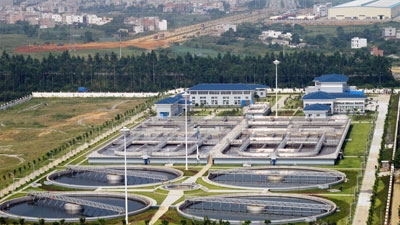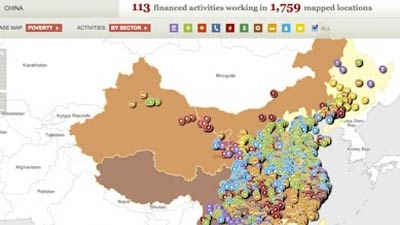Challenge
The city of Liuzhou, with about 1.2 million urban residents and more than 1,000 industrial enterprises, is the largest industrial center in China’s western Guangxi Zhuang Autonomous Region. In recent years, the environmental condition of Liuzhou deteriorated as a result of fast industrialization combined with rapid urbanization. The Liujiang River, the main water source for industrial, commercial and domestic use, suffered from pollution from untreated sewage and rainwater flows.
The shortage of well-maintained and reasonable distributed public toilets is another urgent municipal sanitary problem, which hinders the city’s modern development. In addition, there is a need to build more solid waste collection stations and transfer stations in the newly-developed residential blocks, and to purchase multi-function vehicles to collect and transport solid wastes.
Solution
The objective of the project was to improve environmental conditions in Liuzhou by improving wastewater treatment, industrial pollution control, municipal sanitation and solid waste services and management. The approaches taken included: developing autonomous public utilities and helping develop their institutional structures; introducing regulations and reforms of industrial wastewater pollution control; and investing in sewer networks, wastewater treatment plants, public toilets, one solid waste transfer station and waste collection stations.


